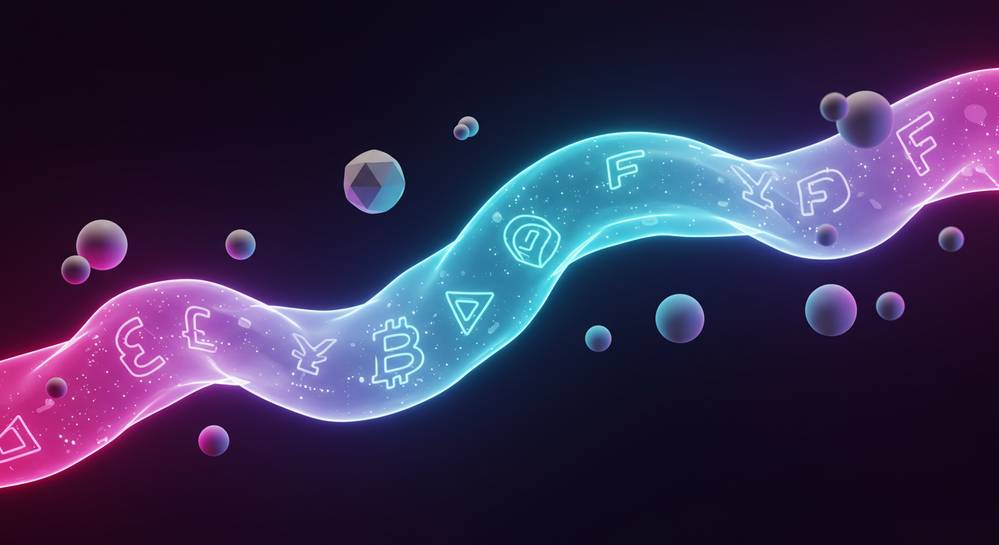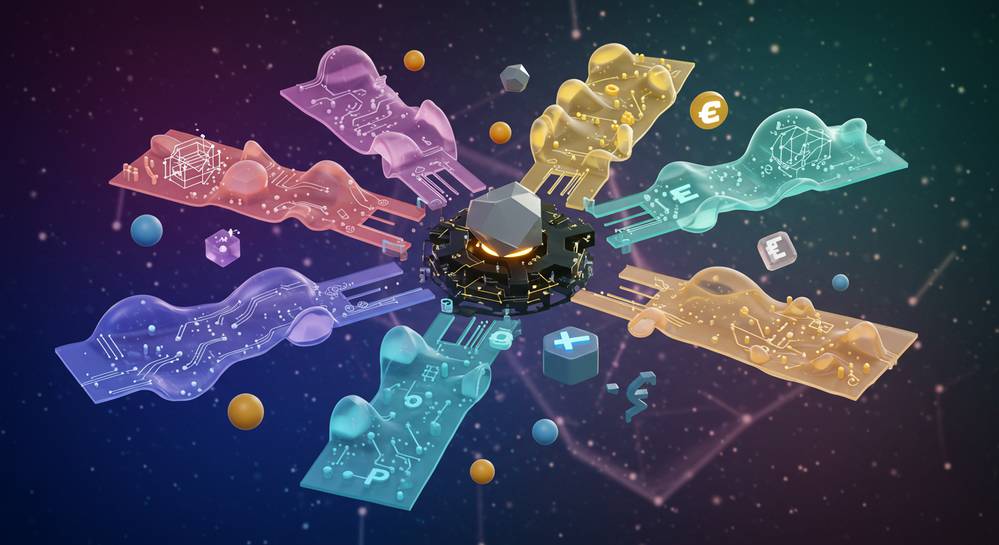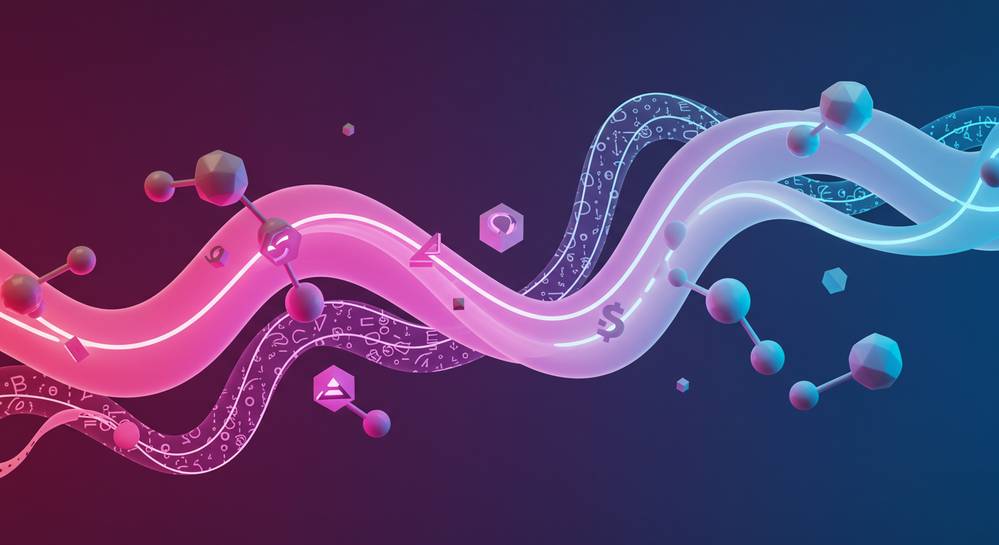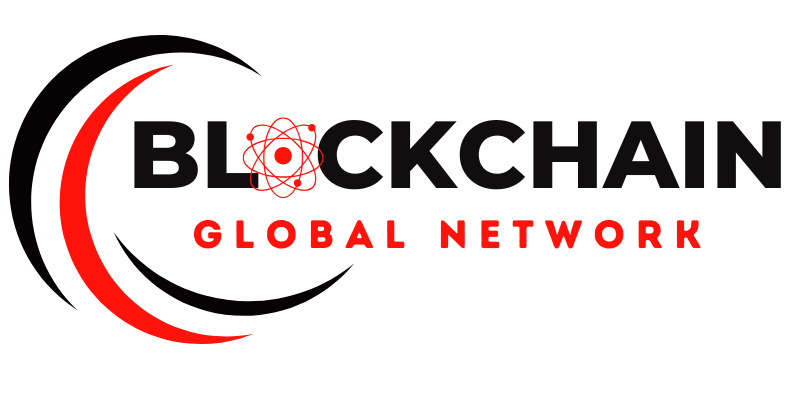The decentralized promise of blockchain technology faces a significant hurdle: isolated networks. Each blockchain operates independently, creating digital silos that limit innovation and user experience. This fragmentation highlights the critical need for blockchain interoperability protocols, which act as vital connectors, enabling seamless communication and value transfer between disparate chains. Understanding these protocols is crucial for anyone navigating the evolving landscape of Web3, as they are the key to a truly interconnected and efficient decentralized future.
Why Interoperability Matters in Blockchain
The inherent isolation of blockchain networks severely limits their potential. Without effective blockchain interoperability protocols, the vision of a truly interconnected decentralized ecosystem remains fragmented. These solutions are not merely technical bridges; they are the foundational infrastructure for Web3s evolution, enabling seamless value and data exchange across diverse chains.
Unlocking Decentralized Potential
Interoperability dismantles the barriers between blockchains, fostering a unified environment. This unlocks unprecedented liquidity and allows decentralized applications to leverage strengths from multiple networks. Users gain a smoother experience, interacting with various dApps without cumbersome asset transfers, enhancing the advantages of smart contracts across the ecosystem.
- Enhanced capital efficiency across the entire crypto landscape.
- Accelerated innovation by enabling composability between different blockchain functionalities.
- Improved user experience through simplified cross-chain interactions.
The future of decentralized finance and Web3 hinges on robust and secure cross-chain communication. These mechanisms are crucial for mass adoption, transforming isolated chains into a cohesive, powerful network. This strategic shift ensures the broader use of blockchain technology can scale and deliver its full promise.
How Blockchain Interoperability Protocols Work

Blockchain interoperability protocols connect diverse networks, enabling seamless communication and value transfer. They overcome challenges like varied consensus mechanisms and data structures. These protocols establish common languages or trusted intermediaries for secure cross-chain interactions, fostering a unified blockchain landscape.
Cross-Chain Bridges
Bridges facilitate asset transfer by locking tokens on a source chain. Equivalent wrapped tokens are then minted on the destination. Security models vary, from multi-signature to decentralized validator sets, ensuring asset integrity.
Atomic Swaps
Atomic swaps enable direct peer-to-peer cryptocurrency exchange between chains. They bypass centralized intermediaries for trustless transactions. Hash Time-Locked Contracts (HTLCs) guarantee an all-or-nothing outcome.
Sidechains and Parachains
Sidechains are independent blockchains linked to a main chain for security. They offer specialized functionalities, offloading traffic. Polkadot’s Parachains share a central Relay Chain’s security, enhancing scalability.
Relay Networks
Relay networks, like Cosmos’s IBC protocol, facilitate message passing between independent blockchains. Validators relay and verify transactions, ensuring data integrity. This fosters secure communication without central control.
Key Interoperability Protocols and Their Approaches

Several prominent projects lead in developing robust blockchain interoperability protocols. Each offers unique architectures vital for a cohesive multi-chain future. These approaches reveal diverse strategies for connecting disparate networks effectively.
Polkadot and Parachains
Polkadot (DOT) employs a sharded multichain architecture. It connects independent Parachains to a central Relay Chain. Parachains gain shared security and seamless communication. This fosters a scalable, interoperable ecosystem.
Cosmos IBC
Cosmos (ATOM) builds an “Internet of Blockchains” via its Inter-Blockchain Communication (IBC) protocol. IBC allows diverse blockchains (Zones) to exchange data and value directly. This trust-minimized approach ensures secure, efficient communication.
LayerZero for Omnichain
LayerZero (ZRO) provides an “omnichain” interoperability protocol. It enables lightweight message passing across various blockchains. Ultra Light Nodes (ULNs) with external Oracle and Relayer services power this generalized cross-chain communication.
Wormhole Cross-Chain Messaging
Wormhole is a generic message passing protocol. It facilitates communication between many blockchains. Developers use Wormhole for decentralized cross-chain applications, sending arbitrary data like tokens and NFTs. Flexibility across ecosystems is key.
Challenges and The Road Ahead for Interoperability

Blockchain interoperability protocols promise a connected Web3, yet face significant hurdles. Their secure and widespread adoption demands continuous innovation. Addressing these challenges is crucial for the ecosystem’s future.
Security Risks
Security remains paramount. Cross-chain bridges are frequent targets for exploits, often acting as single points of failure. Robust cryptographic integrity and rigorous auditing are essential. This safeguards user assets and maintains ecosystem trust.
Scalability and Performance
Connecting numerous blockchains creates scalability challenges. Efficiently processing and validating cross-chain transactions without latency is difficult. Advanced solutions for performance optimization are critical for widespread adoption.
Standardization Efforts
Lack of universal interoperability standards causes fragmentation. Industry-wide adoption of common standards for message formats and security models is vital. This will accelerate integration and unify the blockchain space.
The Future of Interconnected Blockchains
Despite challenges, the future of blockchain interoperability protocols looks promising. Zero-knowledge proofs (ZKPs) and rollup advancements are transformative. Increased ecosystem collaboration will lead to a unified Web3. Here, the underlying blockchain becomes invisible, enabling seamless multi-network applications.
In summary, blockchain interoperability protocols are not just a technical enhancement; they are the architectural foundation for a more integrated, efficient, and user-friendly decentralized internet. By breaking down the barriers between chains, they foster a richer ecosystem where innovation can flourish without the constraints of isolated data or assets. The journey toward a fully interconnected Web3 is ongoing, but the advancements in interoperability promise a future where digital assets and information flow freely. Stay informed and explore the possibilities with Blockchain Global Network as we build this future together.

RELATED POSTS
What is rate limit exceeded on twitter?
What is rate limit exceeded...
W-coin Airdrop offers a unique tap-to-earn experience
Combined with the powerful TON...
A complete beginner guide to crypto wallets
Entering the world of cryptocurrency...
What is ACA Coin? Learn about Acala Network Token
ACA Coin is a vital...
Smart Alaya AI Blockchain Technology – The future of the world
Curious about the game-changing potential...
Rho Markets Airdrop – A Promising Opportunity
The Rho Markets Airdrop is...
Differences Between From vs Reply To in Email Ledger
Understanding the difference between From...
What is Airdrop in the Crypto World? Exploring Its Benefits and Risks
Curious about What is airdrop...
Gala Airdrop and 6 Tips to Maximize Gala Game Rewards
To maximize rewards from the...
Blum Airdrop – A Ready Guide to Earning Tokens
Blum Airdrop is a fantastic...
Arch Network Airdrop: Detailed guide on how to participate
Arch Network is an innovative...
Blockchain Technology Applications – 3 Key Highlights in the economy
Blockchain Technology Applications are increasingly...
Privacy Considerations: Navigating the Future of Student Data Management
Discover how to ensure privacy...
What are the key blockchain technology advancements 2025
The world of decentralized technology...
Tomarket Airdrop – Explosion of the Super Countdown Event
The Tomarket Airdrop event is...
Blackwing Airdrop – HOT Opportunity to Receive Tokens from BXP
In the fast-moving cryptocurrency space,...